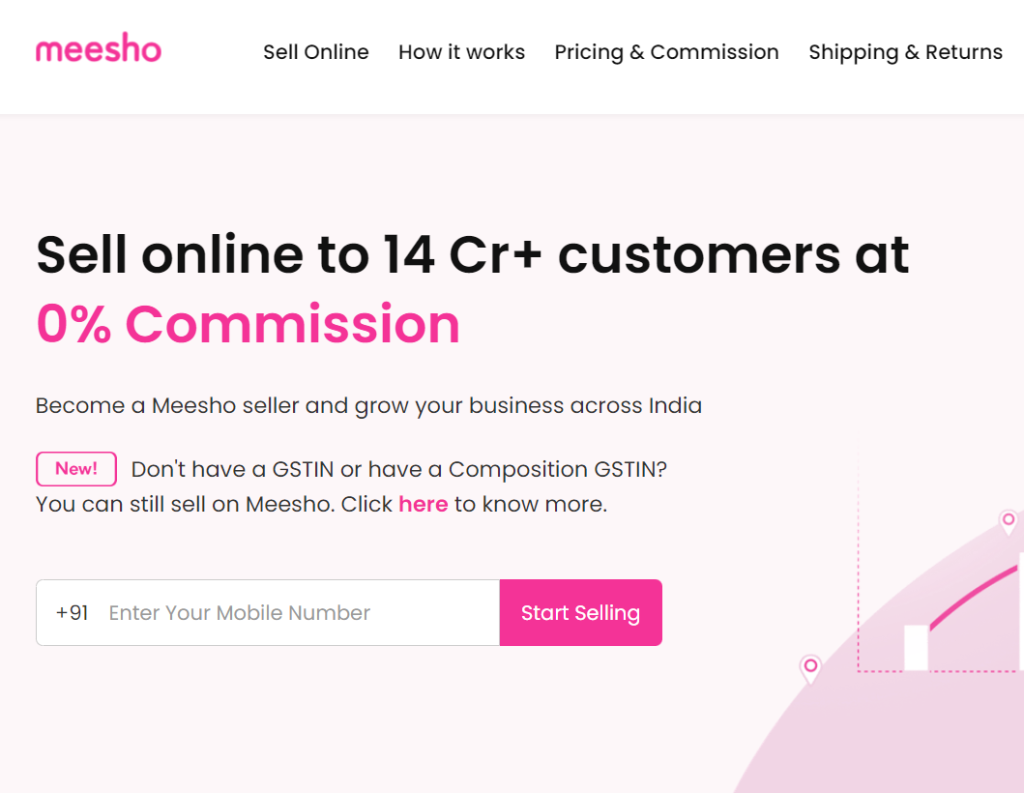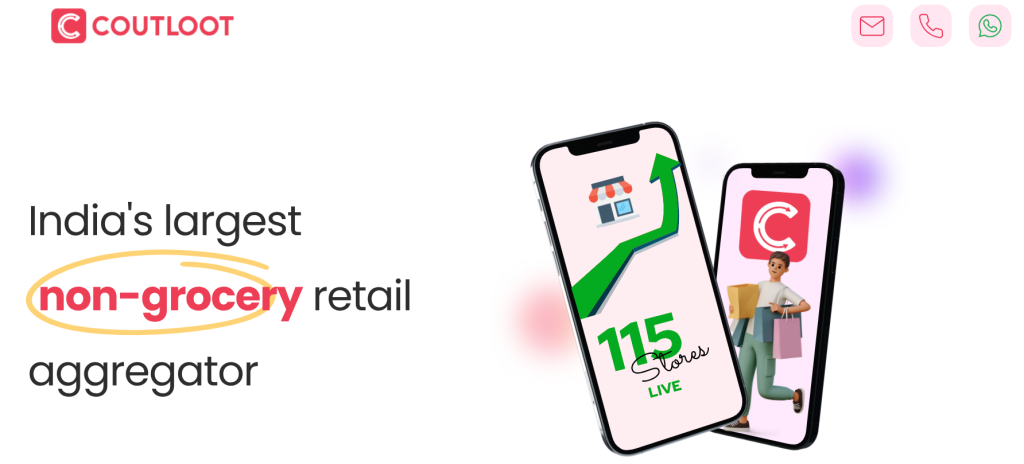You’re scrolling through Instagram, see your favourite influencer wearing a gorgeous dress, and suddenly it’s sitting in your cart too. That’s social commerce in action! Combining social media platforms with e-commerce, social commerce leverages social interactions and user-generated content to drive sales. As social media usage continues to soar due to digital connectivity, social commerce in India is reshaping the landscape of online retail.
Growth of social media in India
India has one of the largest social media user bases globally. As of early 2024, there are approximately 862 million social media users in India as of 2024, which means 59.90% of India’s population is on social media. This expansive user base provides a solid foundation for the growth of social commerce.
Unlike traditional e-commerce, which relies primarily on websites and apps, social commerce integrates shopping features within social media environments, making the shopping experience more interactive and engaging.

It’s definitely a major focus for tech giants, including Meta, which owns platforms that are central to social commerce, including Instagram, Facebook and WhatsApp. Instagram and Facebook enable users to discover and buy products directly through shoppable posts and Marketplace. WhatsApp supports small businesses by enabling direct customer communication and efficient order management, making it a crucial tool in the social commerce landscape.
Also Read: The Evolution Of OOH Advertising In India
Key drivers of social commerce in India
Several factors are contributing to the rapid growth of social commerce in India:
Increased smartphone penetration and internet connectivity
The widespread adoption of smartphones is pivotal to the rise of social commerce. Enhanced internet infrastructure and affordable data plans have accelerated social media usage. The Telecom Regulatory Authority of India (TRAI), reported that the internet subscribers in India surged from 88.1 crore in March 2023 to 95.4 crore by March 2024, an addition of 7.3 crore subscribers in one year. This accessibility has allowed more people to engage with social media platforms and brands directly.
Also Read: Hyper-Personalisation In BFSI
Changing consumer behaviour
Indian consumers increasingly seek personalised and interactive shopping experiences. Social commerce provides that and more with live streaming, influencer collaborations, and user-generated content.

Meesho, a social commerce platform, allows users to share product listings with their social networks and earn commissions on sales. This model allowed Meesho to empower over 13 million entrepreneurs which, in return, made Meesho to become the first Indian social commerce platform to enter the unicorn club.
Also Read: The Future Of Experiential Marketing In India
Increased online shoppers
The number of online shoppers in India is rising rapidly. This growth has significantly boosted the potential for social commerce. According to Statista, the number of online shoppers are predicted to increase to 427 million by 2027. Consequently, the booming e-commerce industry is estimated to be worth over 300 billion U.S. dollars by 2030.
Also Read: How Agencies Fuel Creativity Beyond Campaigns
Increasing social media influence
The influence of social media on consumer purchasing decisions continues to expand, with brands effectively using social commerce to engage customers in interactive ways. One of the key strategies is leveraging influencer marketing, which not only boosts visibility but also facilitates more authentic product promotion. Social commerce enables brands to seamlessly blend shopping experiences with engaging social content, driving real-time interactions and sales.

Nykaa effectively uses live-streaming on their website and Instagram to connect with their audience. These live sessions feature beauty influencers and experts who demonstrate products, share tips, and interact with viewers in real time, allowing viewers to shop live. Live commerce not only increases the brand’s visibility but also fosters a deeper connection with potential customers.
Also Read: Exploring Indian CSR Campaigns
Growth in investments
Social commerce has attracted significant investment, fueling its rapid expansion. Investors are drawn to the promising business models and growth potential of these platforms. For example, Coutloot, a social commerce platform designed to connect street vendors with customers, received seed funding in 2016.

By early 2018, Coutloot had secured $1 million in pre-series A funding. Since then, the platform has continued to thrive, with multiple successful funding rounds. As of May 2023, Coutloot boasts over 10 lakh street shops and small businesses, along with nearly 17 million downloads. This impressive growth underscores the increasing appeal and success of social commerce ventures.
Also Read: The Future Of Experiential Marketing In India
Conclusion
As social media platforms continue to evolve and introduce new features, the potential for growth in social commerce is substantial. Businesses are likely to invest more in creating immersive and personalised shopping experiences.
A great example of this is Mamaearth, which is part of Honasa’s House of Brands. With an exceptional influencer network, Mamaearth has achieved impressive success. We had the opportunity to chat with the founders, Varun Alagh and Ghazal Alagh, who shared the secrets behind their thriving brand. Watch the full episode to dive into their insights!